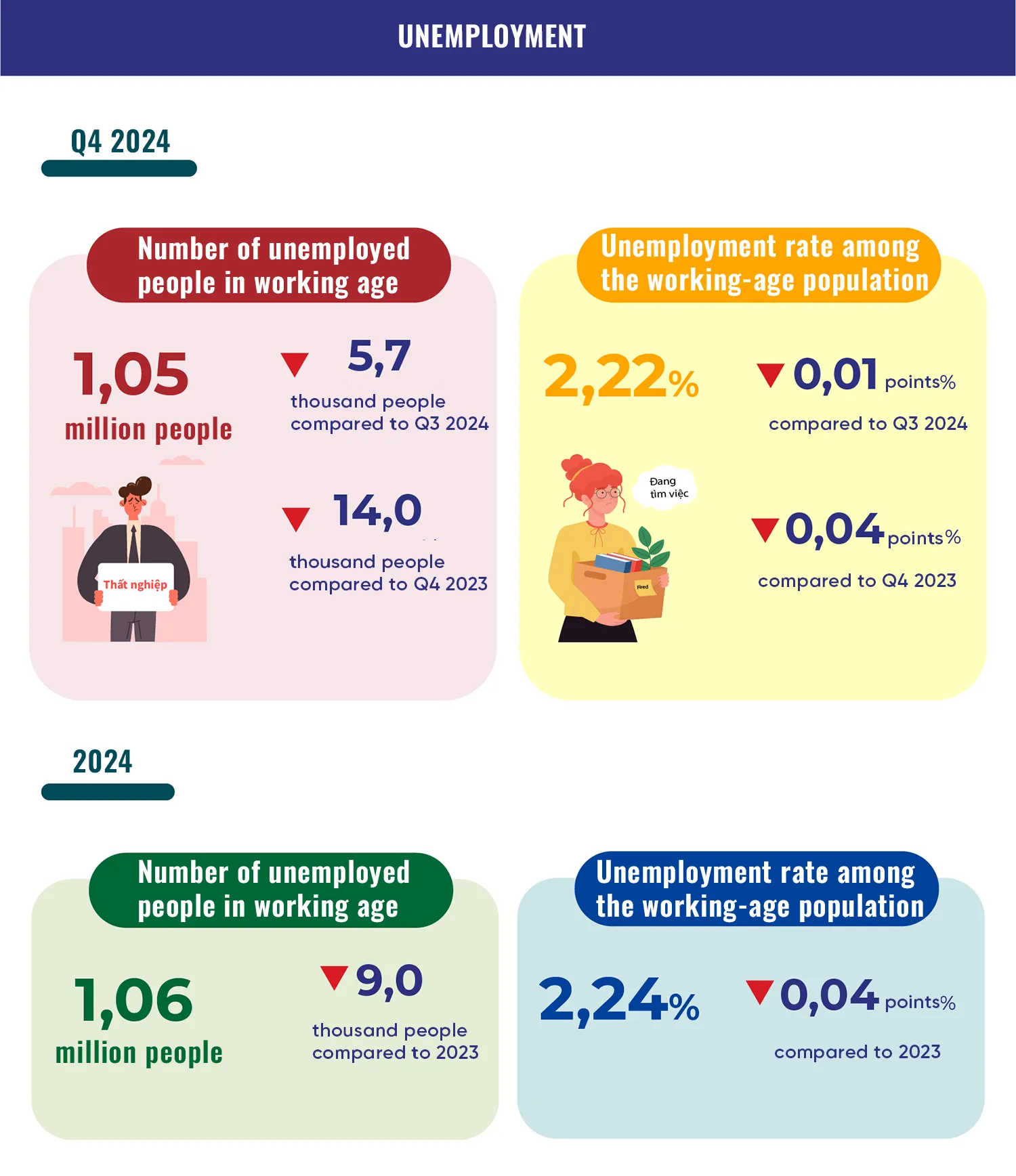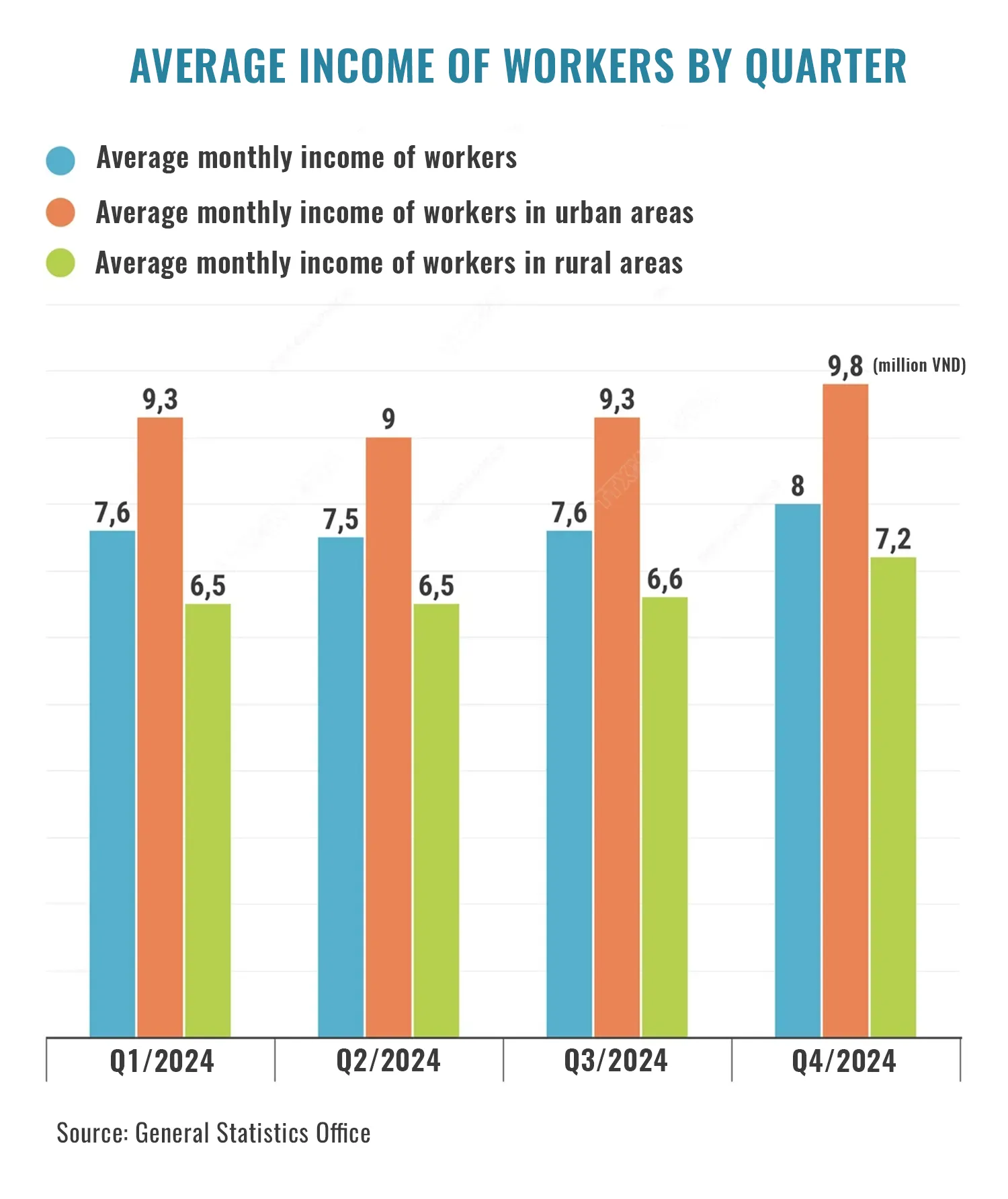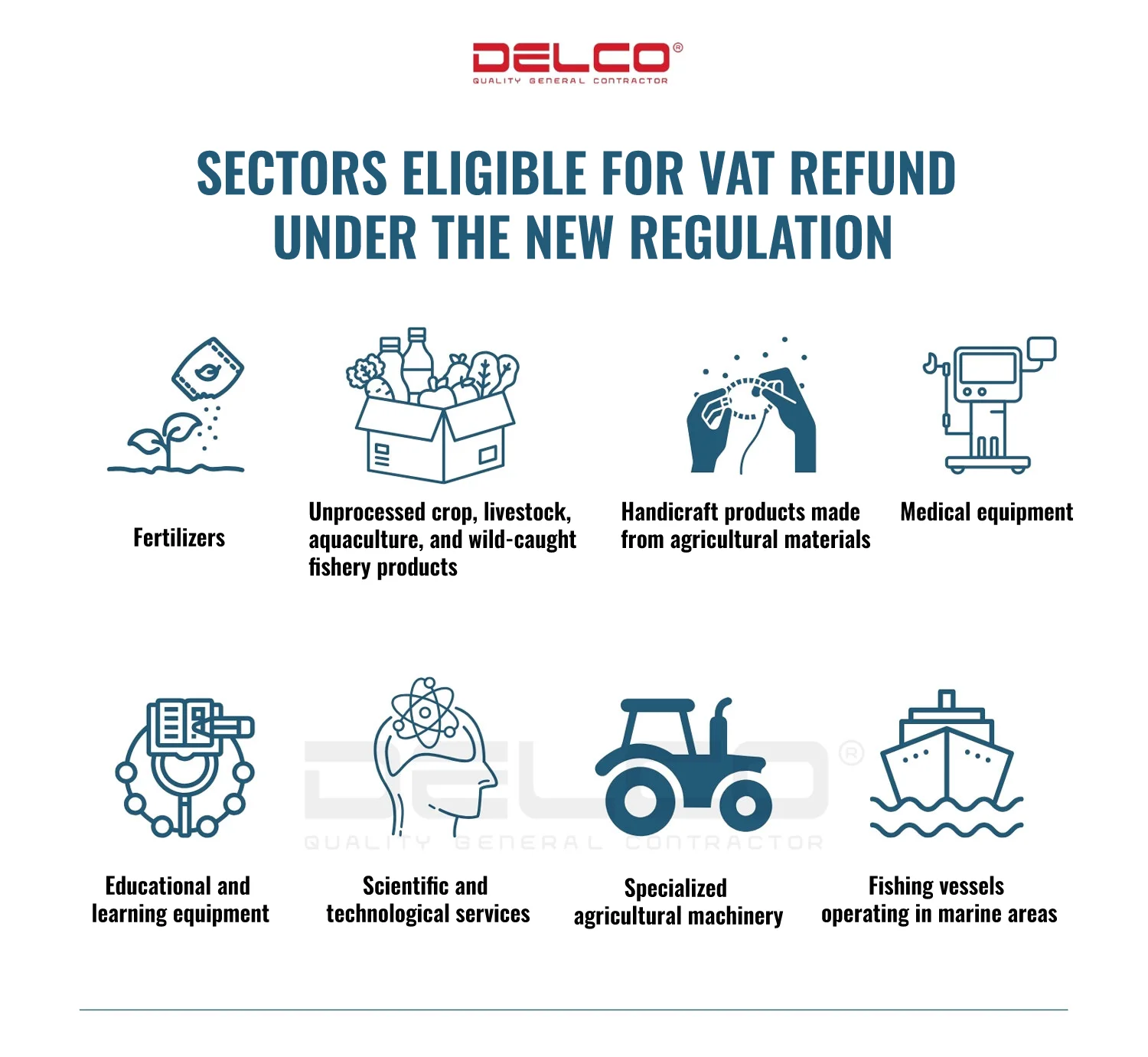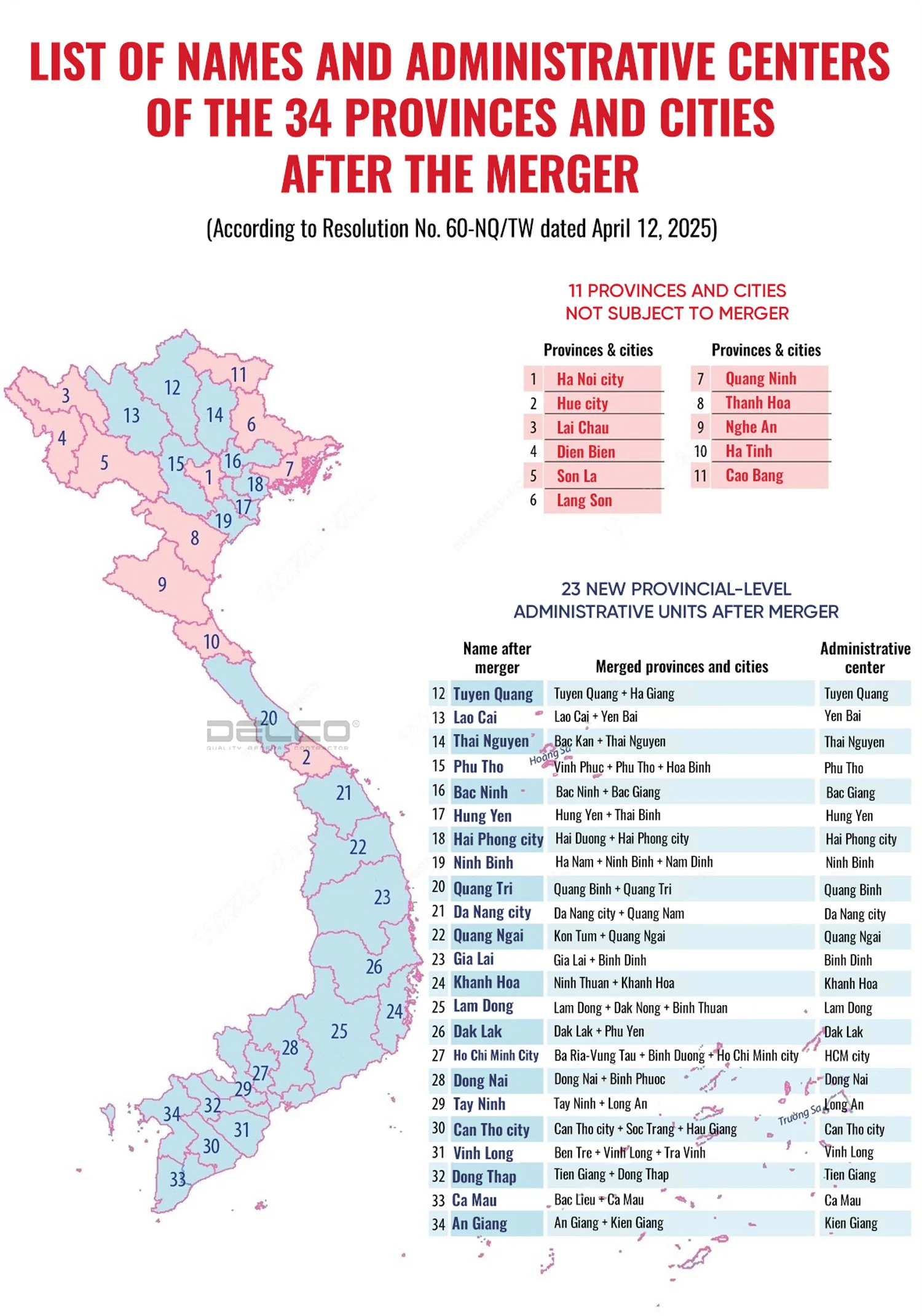The Government has issued a decree to increase the regional minimum wage by 6 percent. The increase in workers’ wages is expected to have both positive and negative impacts on foreign investors in Vietnam.
Proposal to Increase the Minimum Wage in Vietnam from July 2024
Psychology of Vietnamese Workers in the New Economic Context
From 2023 to 2024, Vietnam’s economy continues to face multiple challenges such as inflation, rising costs, and declining orders, leading to many enterprises cutting jobs or reducing working hours.

Source: Ministry of Planning and Investment
Additionally, many workers are no longer eager to commit to long-term employment. According to Vietnam Social Insurance statistics, nearly 1.1 million workers decided to withdraw their social insurance (SI) in 2024, although this figure decreased by 1.6% compared to 2023.
Moreover, the cost of living continues to rise sharply, especially in fuel, food, and housing, placing significant financial pressure on workers. As a result, many expect an adjustment in the minimum wage to compensate for rising living expenses.
Raising the minimum wage not only ensures workers’ income but also plays a crucial role in retaining employees amidst an increasingly competitive labor market.
Meeting on the proposal to increase the regional minimum wage from July 1, 2024
Read more: 8 Characteristics of Vietnamese Workers at Work
Proposal to Increase the Minimum Wage in Vietnam from July 2024
According to Article 91 of the Vietnam Labor Code, the minimum wage is the lowest salary paid to employees performing the simplest jobs under normal conditions to ensure their basic living standards and those of their families. Minimum wages are set by region, set by month or by hour.
In order to ensure the living standards of workers in the new situation, the National Wage Council, the Ministry of Labour, Invalids and Social Affairs have proposed a 6% increase in the regional monthly minimum wage (ranging from 200,000 VND to 280,000 VND) compared to the current minimum salary, specifically:
Unit: VND/month
| Monthly minimum wage | Region I | Region II | Region III | Region IV |
| Current minimum salary | 4,680,000 | 4,160,000 | 3,640,000 | 3,250,000 |
| Proposed minimum salary | 4,960,000 | 4,410,000 | 3,860,000 | 3,450,000 |
Impact of the proposal on the working environment and foreign enterprises in Vietnam
Theoretically, this proposal should not affect FDI enterprises too much because most of them are paying higher than the minimum wage to attract workers, on average from 6.5 to 9.8 million/month.

However, in practice, FDI enterprises will experience significant impacts due to:
Workers expecting wage and benefit increases following the minimum wage hike. Without proper policies, this could impact employee morale, work efficiency, recruitment efforts, and retention. Post-pandemic labor shortages making hiring difficult for many businesses. Higher minimum wages will increase recruitment costs and operational expenses, especially for factories requiring a large workforce. Not only wages but also other benefits and allowances will need to be adjusted, placing financial strain on enterprises.
To navigate these challenges, businesses should consider adjusting compensation structures based on performance, offering overtime bonuses, housing support, and transportation subsidies to retain employees without overburdening wage budgets. Additionally, optimizing production processes through technology and automation can reduce dependence on low-cost labor. Investing in employee training and skill development will enhance workforce value, reducing reliance on unskilled labor. Furthermore, improving working environments—such as providing worker accommodations, meal subsidies, and enhanced workplace facilities—can help businesses attract and retain skilled workers.

Read more: Basic Salary 2024: Minimum Wage Increase and Its Impact on the Labor Market
Read more: Psychology of Vietnamese Workers When Negotiating Salary







